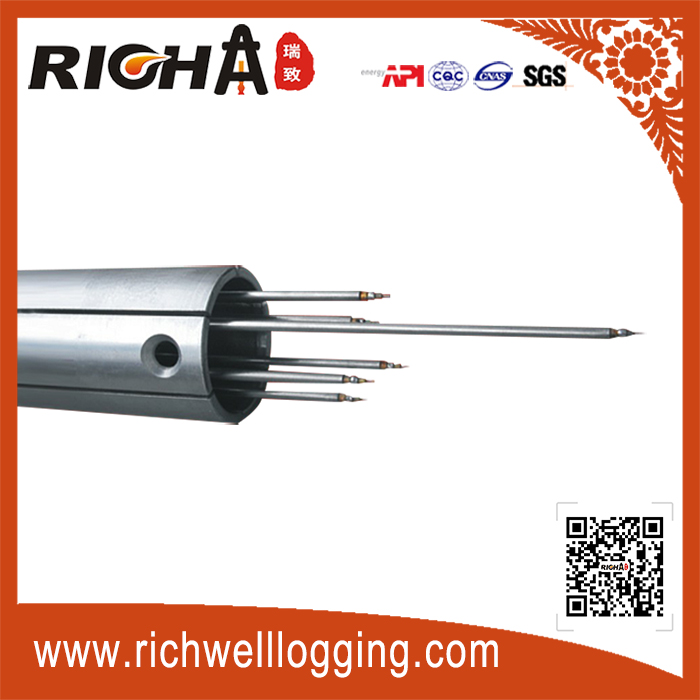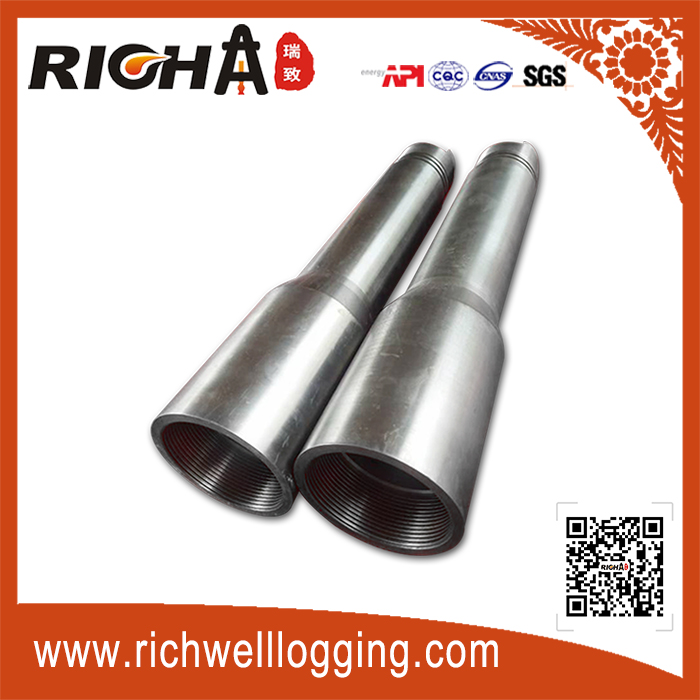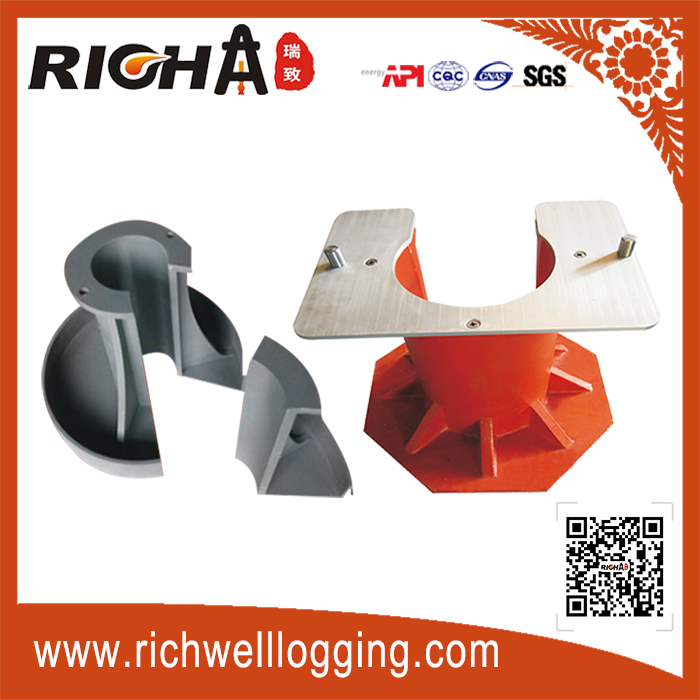Consultation Hotline:13629207777(WeChat Same Account)
Quality supervision:15229006666
After-sale service:029-86670108
Email:info@richwelllogging.com
Address:No. 388 Caotan 9th Road, Xi'an Economic and Technological Development Zone
Introduction to logging while drilling technology
Common Well Logging Technologies in Oil Exploration
1. Logging While Drilling (LWD):
LWD is one of the most widely applied logging techniques in China. It enables the measurement of formation density and drilling conditions in real-time through the borehole. This includes acquiring directional data, formation characteristics, and drilling parameters—providing accurate insights into subsurface conditions. LWD plays a decisive role in optimizing development costs and enhancing oil extraction efficiency during subsequent production stages.

2. Sonic Logging Technology:
Sonic logging involves the emission of acoustic waves through the borehole to evaluate the acoustic properties of the surrounding formations. By analyzing the wave responses, it is possible to determine formation characteristics and borehole integrity. This method is valuable for identifying various reservoir and borehole features, as well as deriving porosity, permeability, anisotropy, and geomechanical properties of the rock formations.
3. Imaging Logging Technology:
Imaging logging uses computer systems to present collected subsurface data in 3D graphical formats. This technique provides a clear and intuitive visualization of formation structures and associated data. With its high data acquisition rate, resolution, and efficiency, imaging logging is especially well-suited for complex geological environments.
4. Cased Hole Logging Technology:
This method allows for continuous measurement of relevant data within cased wells. Through data acquisition, organization, and analysis, it is used to estimate the production potential and water content of reservoirs. Ultimately, it helps determine the oil saturation within the targeted formation.
5. Nuclear Logging Technology (Radiation-Based Logging):
Also known as radioactive logging, this technology utilizes various types of radioactive sources to investigate specific physical properties of rock formations. Techniques such as natural gamma-ray spectrometry logging and neutron porosity logging are typical representatives of this category. They are essential for characterizing formation properties and evaluating oil and gas potential.
- China National Petroleum Corporation Maintains Stable Operations in the First Half of 2020
- Downhole Fiber Optic Sensing AUT-F100 for Oil and Gas
- Drilling Fluid Drilling: A Critical Step in Oil and Gas Exploration
- Testing of Composite Insulators in Operation
- Criteria for Evaluating the Quality of Insulators











